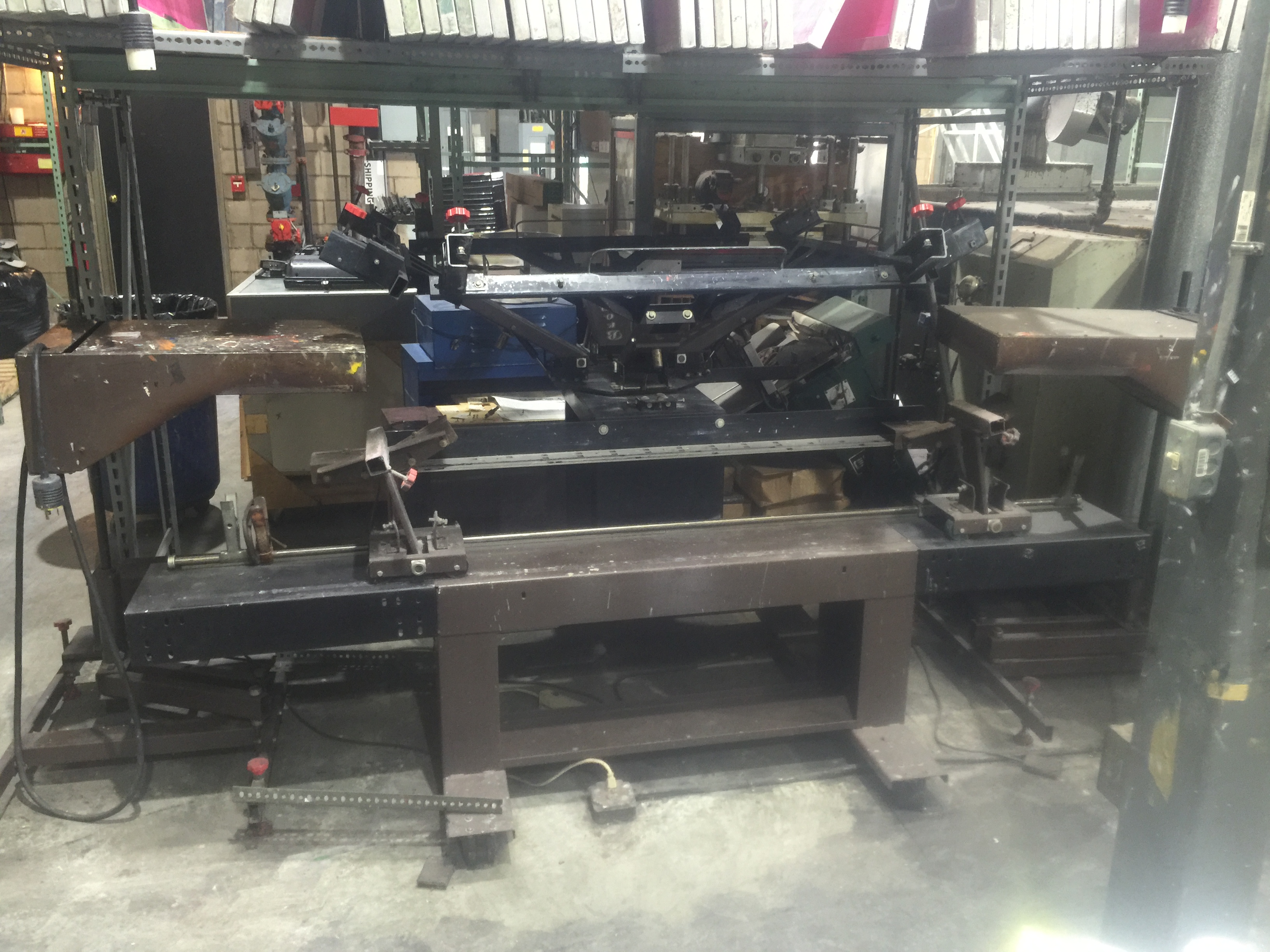

These findings implicate that the DBP5-GLE1-IP 6 triplex also functions for the bulk poly(A) + RNA export in human using helicase activity in DBP5. The binding of GLE1 and IP 6 to DBP5 enhances its helicase activity. cerevisiae or knock-down of DBP5 in human cell line resulted in the accumulation of nuclear poly(A) + RNA. The helicase activity is stimulated with the presence of GLE1 and inositol hexaphosphate (IP 6) in S. DBP5 is localized on the cytoplasmic filament of NPC by interacting with the NPC component, Nup159 in S. The main factor in the remodeling is DBP5/DDX19, DEAD-box ATP-dependent RNA helicase. The remodeling of mRNP at the cytoplasmic surface of NPC is required for the dissociation of mRNP from NPC into the cytoplasm. mRNP undergoes the conformational change called “remodeling” when mRNP is exported to the cytoplasmic surface of the nuclear pore complex (NPC). In eukaryotes, messenger RNA (mRNA) is transcribed in the nucleus by RNA polymerase II (RNAPII), and becomes messenger ribonucleoprotein (mRNP) by binding with a number of nuclear proteins for export to the cytoplasm. The funders had no role in study design, data collection and analysis, decision to publish, or preparation of the manuscript.Ĭompeting interests: The authors have declared that no competing interests exist. The microarray data were submitted to Gene expression omnibus (GEO accession number: GSE100424).įunding: This work was supported in part by “grants-in-aid” from JSPS Kakenhi Grant Number 15K14919, 17K1922053 to S.M. This is an open access article distributed under the terms of the Creative Commons Attribution License, which permits unrestricted use, distribution, and reproduction in any medium, provided the original author and source are credited.ĭata Availability: All relevant data are within the paper and its Supporting Information files except for each microarray data.
/cdn.vox-cdn.com/uploads/chorus_image/image/49563581/usa-today-8994611.0.jpg)
Received: AugAccepted: ApPublished: May 10, 2018Ĭopyright: © 2018 Okamura et al. (2018) Depletion of mRNA export regulator DBP5/DDX19, GLE1 or IPPK that is a key enzyme for the production of IP 6, resulting in differentially altered cytoplasmic mRNA expression and specific cell defect.

Variations in phenotype are due to the difference in each function of DBP5, GLE1 and IPPK in intracellular mRNA metabolism.Ĭitation: Okamura M, Yamanaka Y, Shigemoto M, Kitadani Y, Kobayashi Y, Kambe T, et al. These results imply that DBP5, GLE1 and IP 6 have a conserved and individual function in the cytoplasmic mRNA expression. Thereby, IFNβ-1 mRNA transcription evoked by poly(I:C) treatment was suppressed. Several factors that function in immune response were also down-regulated in DBP5 or IPPK knock-down cells. Meanwhile, G1/S cell cycle arrest was observed in DBP5 and IPPK knock-down cells. The GLE1 knock-down selectively reduced the cytoplasmic mRNA expression required for mitotic progression, results in an abnormal spindle phenotype and caused the delay of mitotic process. cell cycle, DNA replication) was commonly suppressed by the knock-down of DBP5, GLE1 and IPPK (IP 6 synthetic enzyme). The expression of some cytoplasmic mRNA subsets (e.g. To investigate how these factors influenced the cytoplasmic mRNA expression and cell phenotype change, we performed RNA microarray analysis to detect the effect and function of DBP5, GLE1 and IP 6 on the cytoplasmic mRNA expression. In addition, these three factors also have unique role(s). DBP5 is a DEAD-box RNA helicase, and its activity is stimulated by interactions with GLE1 and IP 6. DBP5, also known as DDX19, GLE1 and inositol hexakisphosphate (IP 6) function in messenger RNA (mRNA) export at the cytoplasmic surface of the nuclear pore complex in eukaryotic cells.


 0 kommentar(er)
0 kommentar(er)
